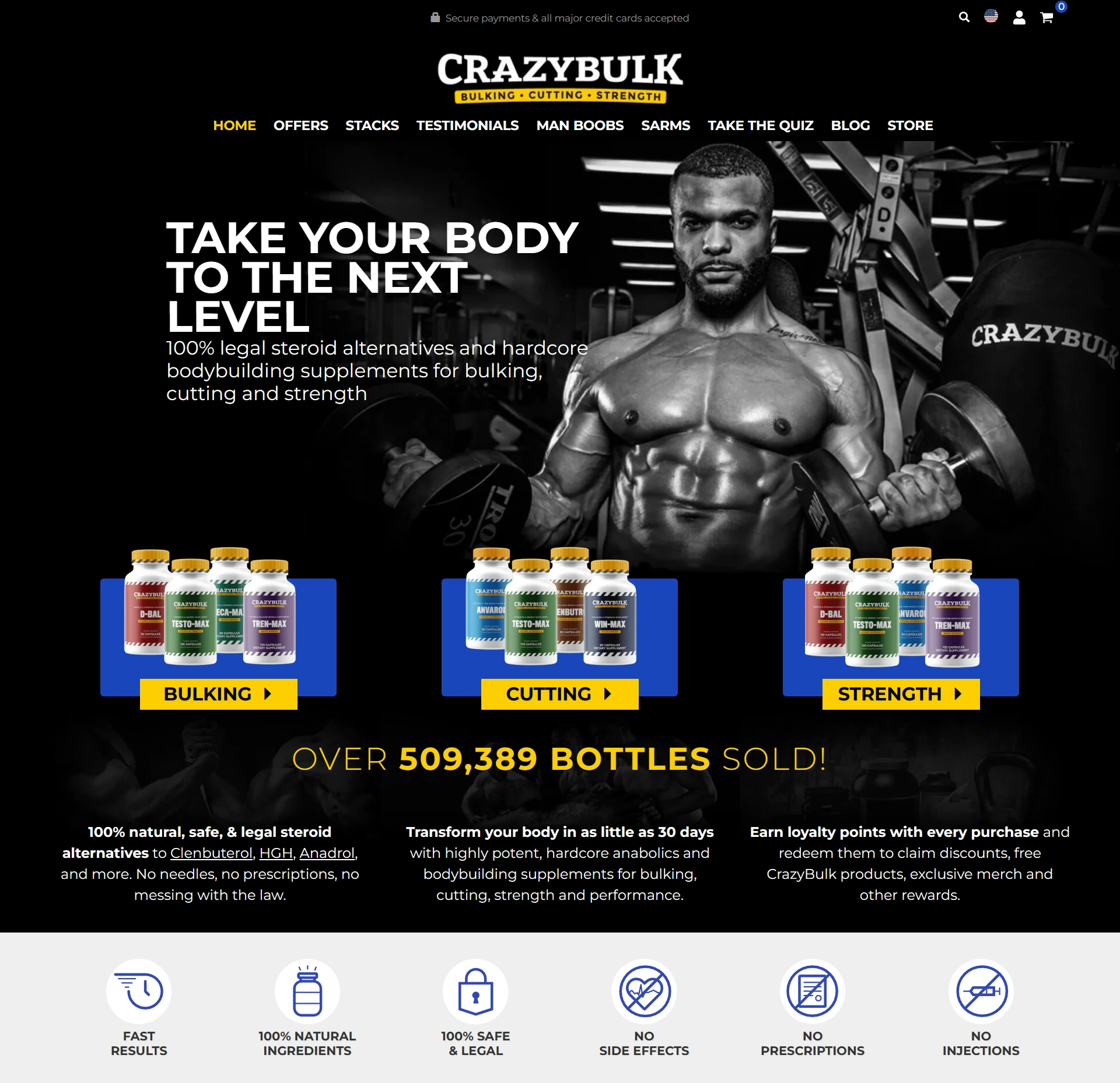how much testosterone should i take for bodybuilding
- Social Links:
Overview
-
Sectors IT
-
Posted Jobs 0
-
Viewed 18
Company Description
13 Ways to Lower Testosterone Naturally Hormone, PCOS, Fertility Nutrition Registered Dietitian Nutritionist

How to Lower Testosterone in Women
This aligns with findings by Kraemer et al.60, who demonstrated that total workout volume significantly impacts post-exercise testosterone levels. In males aged 19 to 39 years, the harmonized normal range of total testosterone is 264 to 916 ng/dL47, with age-specific median levels ranging from 409 to 478 ng/dL in those aged 20 to 44 years48. In contrast, premenopausal women typically exhibit total testosterone levels ranging from 15 to 46 ng/dL49. These differences highlight the need to interpret testosterone fluctuations in women within the context of their naturally lower baseline levels. Before each session, participants were instructed to abstain from alcohol, caffeine, or strenuous physical activities or sports for a full day.
Additionally, we will outline some natural remedies for high testosterone in women. It is thought that certain foods have anti-androgenic effects, meaning the ability to reduce top male testosterone booster (stmarymedical.com.au) hormones, including testosterone. This may help better manage a disorder that affects as many as five million females in the United States. In the female body, small amounts of testosterone are usually released into the bloodstream from the ovaries and adrenal glands. Testosterone helps a person maintain bone mass, generate new blood cells, maintain libido, and regulate mood.
The study found that testosterone concentration was significantly lower in the group that received the omega-3 supplementation. Sandy Bassin, MD, is an endocrinology fellow at Mount Sinai in New York City. She is passionate about incorporating lifestyle medicine and plant-based nutrition into endocrinology, particularly for diabetes and obesity management.
They can identify the imbalance and find the right mix of treatments for you. Eating a low-glycemic diet and limiting foods high in sugar and refined carbs can help rebalance your blood sugar levels and get you the nutrition you need. You may also discuss an appropriate weight loss diet with a healthcare provider if you are overweight or have obesity. High androgen levels in PCOS can result in a decreased ability to use insulin (a condition known as insulin resistance) to take blood sugar into cells to use for energy. This can lead to increased fat storage, which in turn can increase androgens.
This assessment was blinded, as the assessor (a lab technologist) did not know about allocating patients into groups or the intervention given to patients. These readings were taken at the beginning of the intervention on the 4th, 14th, and 24th days of the menstrual cycle for all participants. The second set of readings occurred during the program’s 6th to 8th week (mid-intervention), again on the 4th, 14th, and 24th days of the menstrual cycle. The final set of readings occurred during the study’s 14th to 16th week (post-intervention). For example, high testosterone in women can be a result of dysfunction with your adrenal glands, thyroid issues, high blood sugar, carrying around too much weight, and lack of exercise.
To help decrease testosterone, women should limit their intake of trans fats found in processed foods, excessive alcohol consumption, and non-organic dairy products. It’s also advisable to reduce consumption of sugar-sweetened beverages, commercial baked goods, and fried foods. Very high-protein diets may also affect testosterone levels, so it’s best to focus on moderate protein consumption from whole food sources.
This schedule allows enough recovery time while maintaining steady benefits. Research confirms that 80-minute sessions that mix cardio and strength training help manage hormone levels effectively. Research shows specific foods can influence hormone balance and provide promising results for women who want natural solutions. Polycystic ovary syndrome (PCOS) affects about 15% of women during their reproductive years. Some medications like anabolic steroids and certain antiseizure drugs can raise testosterone levels too. Your body shows early warning signs when testosterone levels rise too high.
Oral contraceptives contain estrogen and progestin, which work together to lower testosterone levels. Some supplements may also help by counteracting insulin resistance, if that’s the cause of your high T. When starting a new supplement, consulting a knowledgeable clinician is always a good idea.
Before taking any herbal supplements or other over-the-counter (OTC) products aimed at lowering testosterone or directed at people with PCOS, discuss these products with a healthcare provider. Your provider can advise you on ways to avoid interactions with your medications and ensure the supplements are appropriate for you. They also can provide scientific evident on the supplement’s safety and efficacy. You can also try foods such as fatty fish (like salmon) and flaxseed, which some studies show may help lower testosterone in women. Verywell Health prefers to use inclusive terminology for sex and gender. For the purposes of this article, “women” refers to people born with the reproductive organs typical for females (such as a vagina, uterus, and ovaries).
